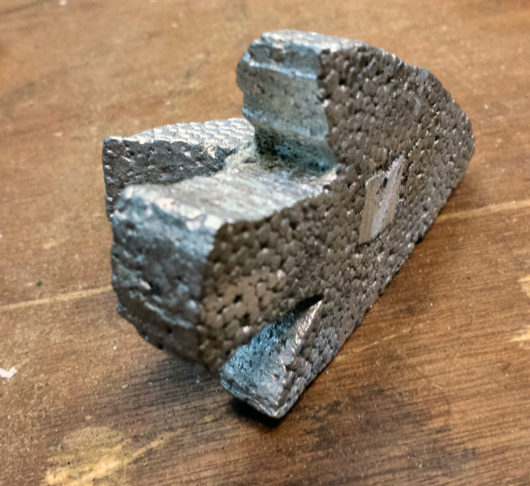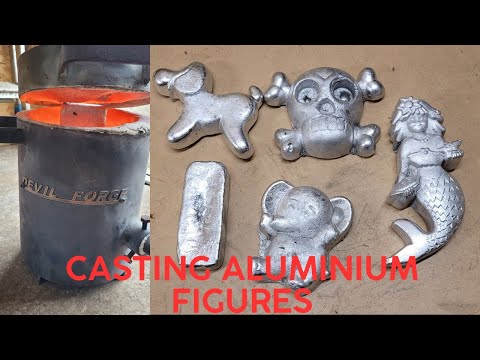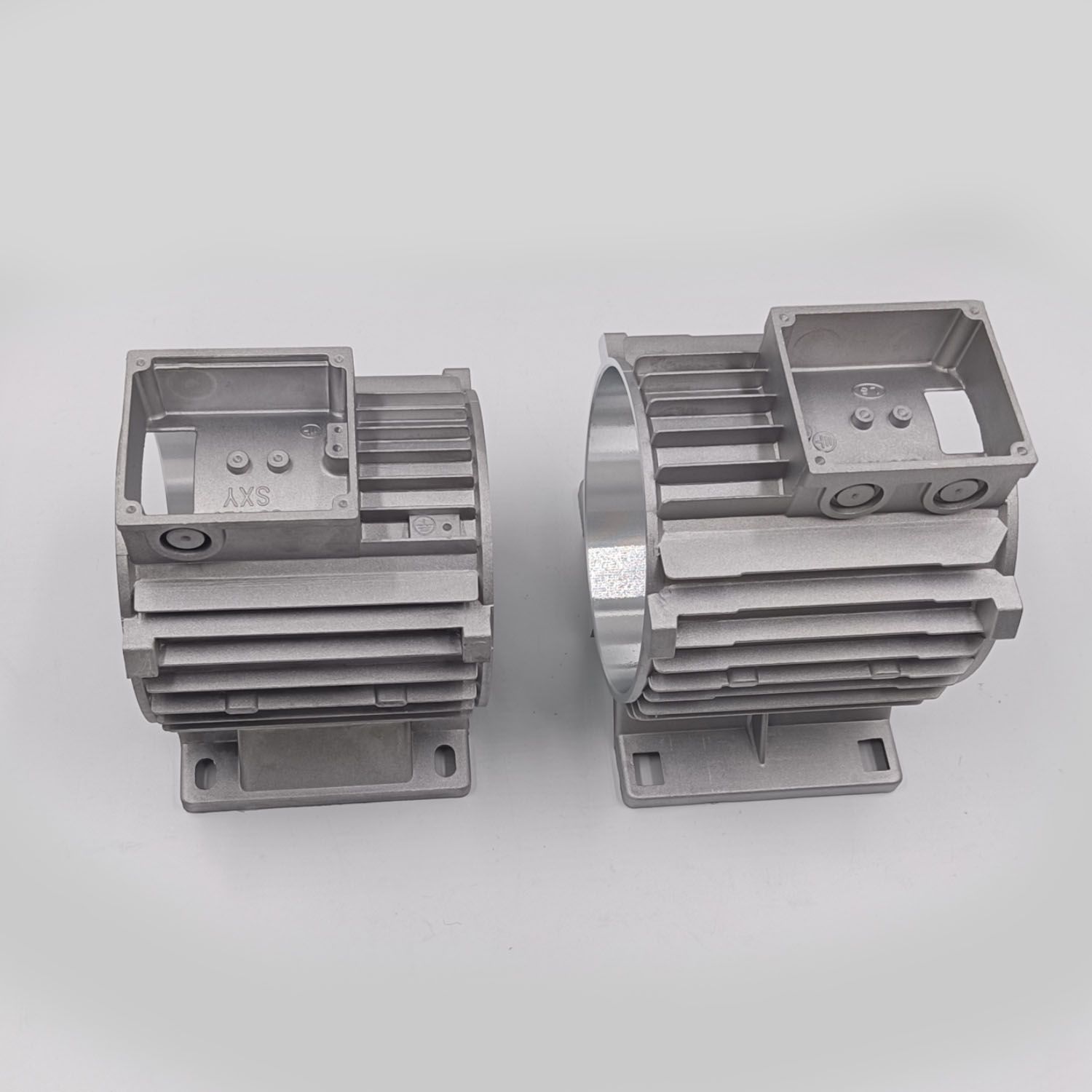4 Easy Facts About Stahl Specialty Company Explained
4 Easy Facts About Stahl Specialty Company Explained
Blog Article
Get This Report on Stahl Specialty Company
Table of ContentsGetting My Stahl Specialty Company To WorkThe smart Trick of Stahl Specialty Company That Nobody is Talking AboutThe Only Guide to Stahl Specialty CompanyOur Stahl Specialty Company PDFsStahl Specialty Company for DummiesThe 5-Minute Rule for Stahl Specialty Company

If you're creating a metal product, you have actually likely thought about using light weight aluminum as the base product. It has a high strength-to-weight ratio, excellent rust resistance, good formability, and aesthetic appeal. These aspects have led to its increased appeal in recent times. Pure aluminum has restricted applications, so it is typically integrated with various other aspects, such as silicon, magnesium, and manganese to form alloys.
Various aspects and quantities create a broad range of desirable physical and chemical properties. And the Aluminum Organization (AA), based in The United States and copyright, has actually produced requirements that regulate aluminum alloys' make-up, homes, and language. There are 2 sorts of aluminum alloys wrought and cast. Foundry workers develop these alloy key ins various methods, which substantially impacts their characteristics.
Some Known Details About Stahl Specialty Company
Cast light weight aluminum alloys are made by thawing pure light weight aluminum and combining it with other steels while in liquid kind. The mix is put right into a sand, die, or financial investment mold. After solidification, the metal is eliminated from its mold. At this stage, it remains in either its final type or as a billet or ingot for additional handling.

For instance, 160.0 stands for a cast with a minimum of 99.60% light weight aluminum. The fourth digit, which follows the decimal point, specifies if the alloy is a casting (xxx. 0) or an ingot (xxx. 1). Wrought aluminum alloys additionally begin by integrating liquified aluminum with other steels. As opposed to cast alloys, however, they are formed right into their last shape with procedures such as extrusion, rolling, and flexing after the metal has actually strengthened into billets or ingots.
There are lots of small differences between wrought and cast aluminum alloys, such as that actors alloys can consist of a lot more significant amounts of various other metals than wrought alloys. Yet one of the most significant distinction between these alloys is the fabrication process with which they will most likely to supply the end product. Apart from some surface therapies, cast alloys will certainly leave their mold and mildew in virtually the specific strong kind preferred, whereas functioned alloys will certainly go through numerous adjustments while in their strong state.
If you believe that a wrought alloy may be the very best for your project, take a look at some of our articles that explain more about particular wrought alloys, such as Alloy 6061 and Alloy 6063. On the various other hand, if you believe an actors alloy would certainly be better for you, you can find out more regarding some cast alloys in our Alloy 380 and Alloy 383 write-ups (coming soon).
The Single Strategy To Use For Stahl Specialty Company
When picking a light weight aluminum foundry for your manufacturing demands, it's important to research several factors. One of one of the most crucial facets to take into consideration is the experience and skills of the foundry. Foundry near me. Picking a foundry that has the right understanding of the aluminum spreading procedure, and the profile to reveal for it, aids to have a successful outcome for your task
Having the experience and market knowledge to engineer your castings for optimal production and top quality results will improve the job. Making light weight aluminum castings calls for a facility set of procedures to accomplish the ideal outcomes. When choosing a new aluminum foundry to companion with, ensure they have considerable sector experience and are well-informed concerning all aspects of the aluminum spreading process: style, production, product analysis, and item testing.
The factory must likewise have a tried and tested track document of delivering exceptional items that satisfy or exceed consumer expectations. Quality assurance needs to likewise go to the top of your list when picking an aluminum factory. By working with a certified factory that follows the standards for quality assurance, you can shield the honesty of your item and guarantee it fulfills your specifications.
By picking a firm who uses services that fulfill or exceed your item requirements, you can be certain that your project will certainly be finished with the utmost precision and performance. Various parts call for different production techniques to cast aluminum, such as sand spreading or die casting.
Our Stahl Specialty Company PDFs
Pass away spreading is the name given to the procedure of producing intricate metal components through usage of mold and mildews of the element, likewise recognized as passes away. The process makes use of non-ferrous steels which do not consist of iron, such as aluminum, zinc and magnesium, as a result of the preferable residential or commercial properties of the metals such as low weight, greater conductivity, non-magnetic conductivity and resistance to deterioration.
Die casting production is fast, making high manufacturing degrees of elements easy. It generates even more elements than any type of various other process, with a high degree of accuracy and repeatability. To get more information regarding die casting and pass away spreading products utilized while doing so, continued reading. There are three sub-processes that drop under the group of die casting: gravity die casting (or irreversible mold casting), low-pressure die casting and high-pressure die spreading.
Regardless of the sub-process, the die casting process can be broken down into 6 actions. After the purity of the alloy is evaluated, dies are created. To prepare the craves spreading, it is very important that the passes away are clean, to ensure that no residue from previous productions remain. After cleansing, the ejection lubrication is applied to the die to make certain a smooth release.
Facts About Stahl Specialty Company Revealed
The pure steel, also referred to as ingot, is contributed to the heater and kept at the molten temperature level of the steel, which is after that transferred to the injection chamber and infused right into the die. The pressure is then preserved as the metal solidifies. As soon as the steel strengthens, the cooling procedure begins.
(https://us.enrollbusiness.com/BusinessProfile/7116649/Stahl%20Specialty%20Company)
The thicker the wall surface of the part, the longer the cooling time as a result of the amount of interior steel that likewise requires to cool down. After the component is fully cooled down, the die cuts in half open and an ejection mechanism pushes the element out. Complying with the ejection, the die is closed for the following shot cycle.
The flash is the additional product that is cast during the procedure. Deburring gets rid of the smaller pieces, called burrs, after the cutting process.
More About Stahl Specialty Company

Zinc is just one of the most used alloys for die casting because of its lower cost of basic materials. It's likewise among the more powerful and steady metals. Plus, it has exceptional electric and thermal conductivity. Its corrosion resistance also permits the components to be durable, and it is among the much more castable alloys due to its reduced melting factor - Casting Foundry.
As mentioned, this alloy is one of one of the most typically used, yet makes will, at times, pick light weight aluminum over zinc because of aluminum's production advantages. Light weight aluminum is highly economical and among the much more versatile alloys. Aluminum is made use of for a number of different items and industries anything from home window frames to aerospace products.
Report this page